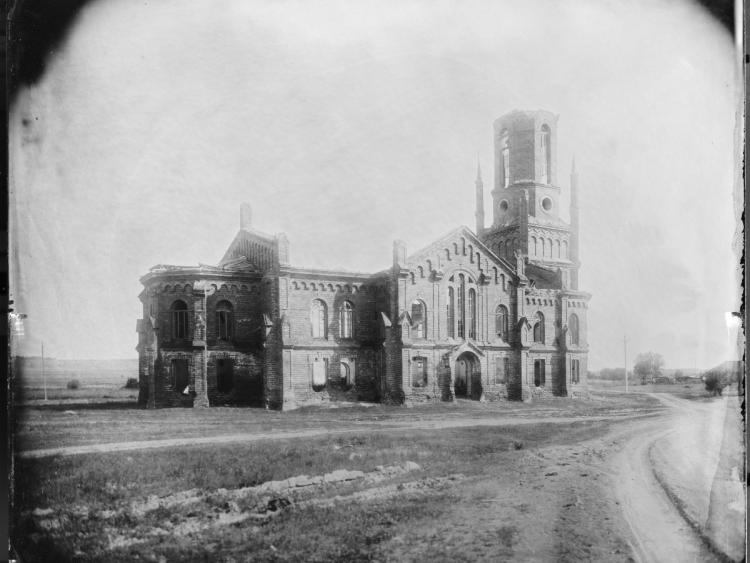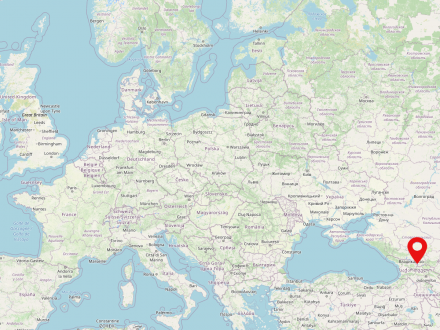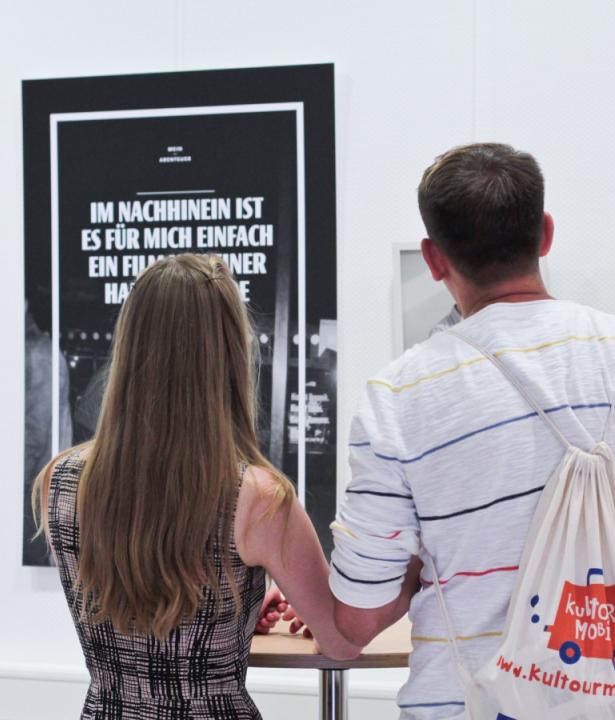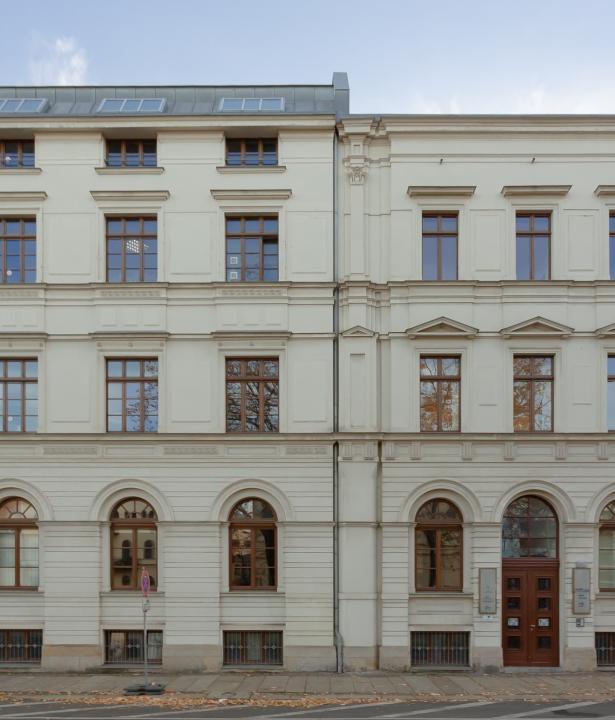

The Caucasus is a Eurasian high mountain range located between the eastern Black Sea coast and the western coast of the Caspian Sea. In the north and northwest, the mountain range is situated on the territories of the Russian federal districts of North Caucasus and South Russia, and in the south on the territory of the states of Georgia, Armenia, Azerbaijan, and in the extreme northwest of Iran. The highest peak is Elbrus (5642 m), located in Russia. The three mountain ranges of the Great Caucasus in the north - whose ridge to a large extent also represents the political border between Russia and Georgia or Azerbaijan - and the Lesser Caucasus and the Talysh Mountains in the southeast of the mountain range are distinguished.
At the same time, the name of the mountain is often representative of the geographical area or region of the Caucasus.







